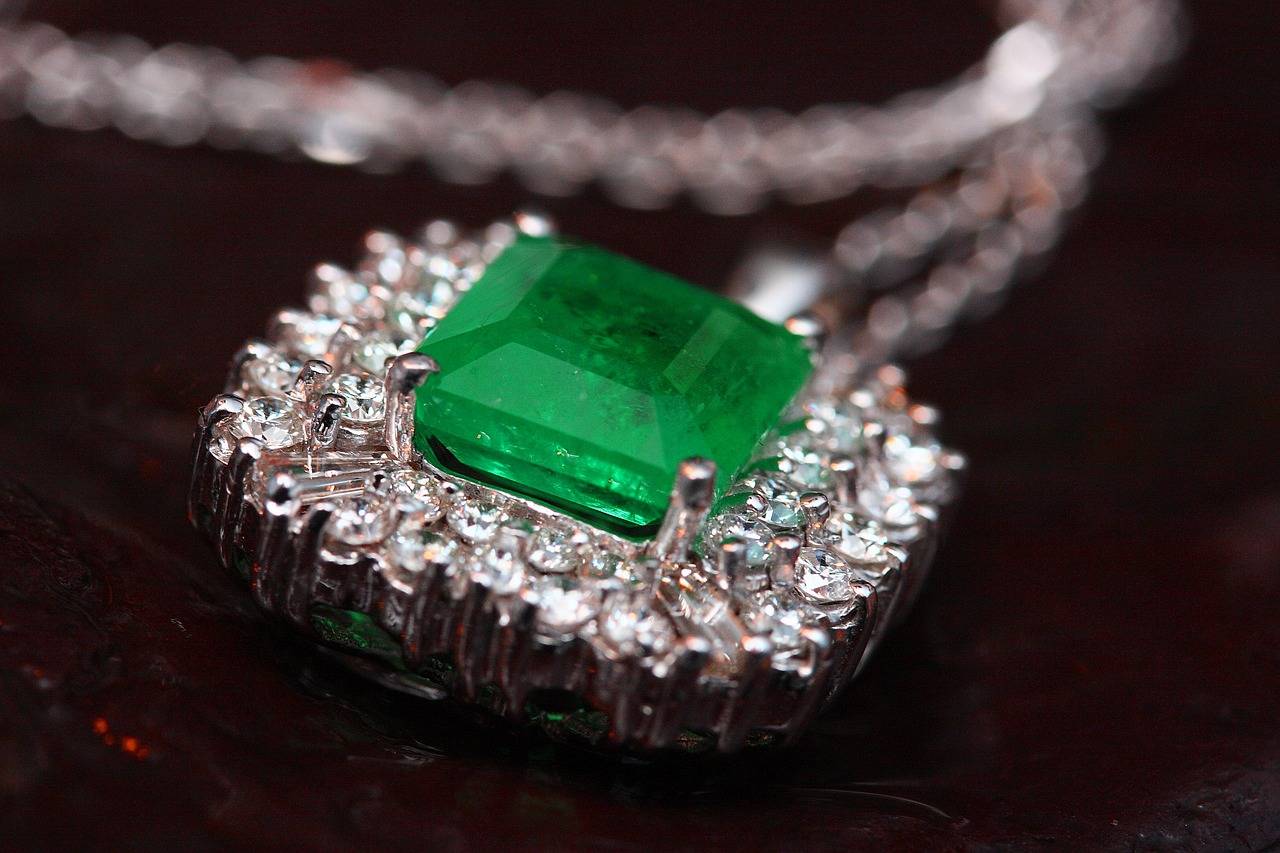Fashion and Film: Costume Design as a Narrative Tool in Movies
Costume design in film goes beyond just choosing outfits for characters; it serves as a powerful tool for visual storytelling. Through the careful selection of clothing, accessories, and colors, costume designers can convey the time period, social status, personality traits, and emotions of characters without a single word being spoken. The choices made in costume design can transport audiences to a different era, immerse them in a particular culture, or highlight the inner conflicts of a character.
In many iconic films, the costumes worn by characters have become just as memorable as the performances themselves. Think of the Little Black Dress worn by Audrey Hepburn in “Breakfast at Tiffany’s” or the ruby slippers in “The Wizard of Oz.” These costumes have become symbols that not only represent the characters who wore them but also evoke specific emotions and memories for audiences. Costume design is a crucial element in crafting the visual language of a film, creating a world that comes alive on screen and resonates with viewers long after the credits have rolled.
The Evolution of Costume Design in Cinema
Costume design in cinema has witnessed a fascinating evolution over the years. From the early days of black-and-white silent films to the technicolor extravaganzas of the present day, the role of costumes in storytelling has significantly evolved. In the past, costumes in film mainly served the purpose of distinguishing characters and providing visual appeal. However, contemporary costume designers go beyond aesthetics to craft outfits that convey deeper meanings and enhance the narrative depth of a film.
As cinema has grown more sophisticated, so has the role of costume design. Costume designers are now integral partners in the creative process, working closely with directors and screenwriters to ensure that characters are visually represented in a way that aligns with the film’s overarching themes and emotional arcs. Costumes are no longer just garments worn by actors; they are tools that help to shape the identity of characters and evoke specific moods and time periods.
The Impact of Costume Design on Character Development
Costume design in filmmaking plays a crucial role in shaping and defining characters on screen. The choice of clothing, accessories, and overall aesthetic of a character’s wardrobe can provide valuable insights into their personality, background, and narrative arc. By carefully selecting each costume piece, designers are able to visually convey key aspects of a character’s identity, motivations, and emotions without the need for explicit dialogue.
Costume design is a powerful tool for character development as it can enhance the audience’s understanding and connection to the characters on screen. Through the use of color, texture, style, and symbolism, costume designers can subtly communicate complex layers of a character’s persona. Whether it’s a villain in dark, imposing attire or a protagonist in bright, playful colors, every costume choice contributes to the overall storytelling process and aids in building a more immersive and engaging cinematic experience.
• The choice of clothing and accessories can provide insights into a character’s personality
• Costume design can convey key aspects of a character’s identity, motivations, and emotions
• Color, texture, style, and symbolism are important elements in costume design for character development
• Villains may be portrayed in dark, imposing attire while protagonists may wear bright, playful colors
How does costume design contribute to visual storytelling in film?
Costume design helps to visually convey a character’s personality, background, and motivations to the audience.
How has costume design evolved in cinema over the years?
Costume design in cinema has evolved from simple clothing choices to more detailed and purposeful selections that enhance character development and storytelling.
Can costume design impact the development of a character?
Yes, costume design can play a significant role in shaping a character’s identity and behavior, helping the audience to better understand and connect with the character.
What are some examples of iconic costume designs in film that have greatly impacted character development?
Examples include the iconic red dress worn by Audrey Hepburn in “Breakfast at Tiffany’s” and the superhero suits worn by characters in Marvel films, all of which have become synonymous with their respective characters.






